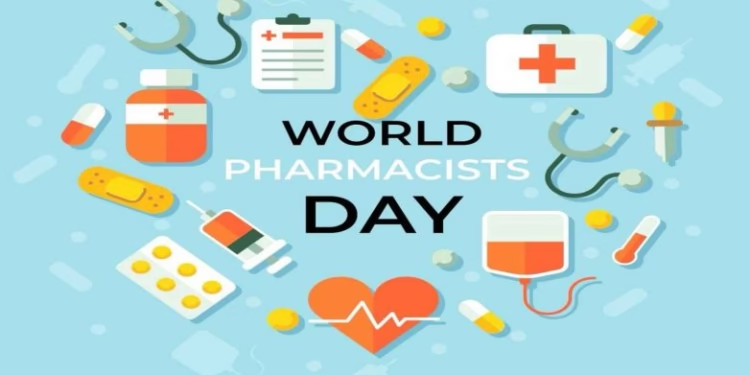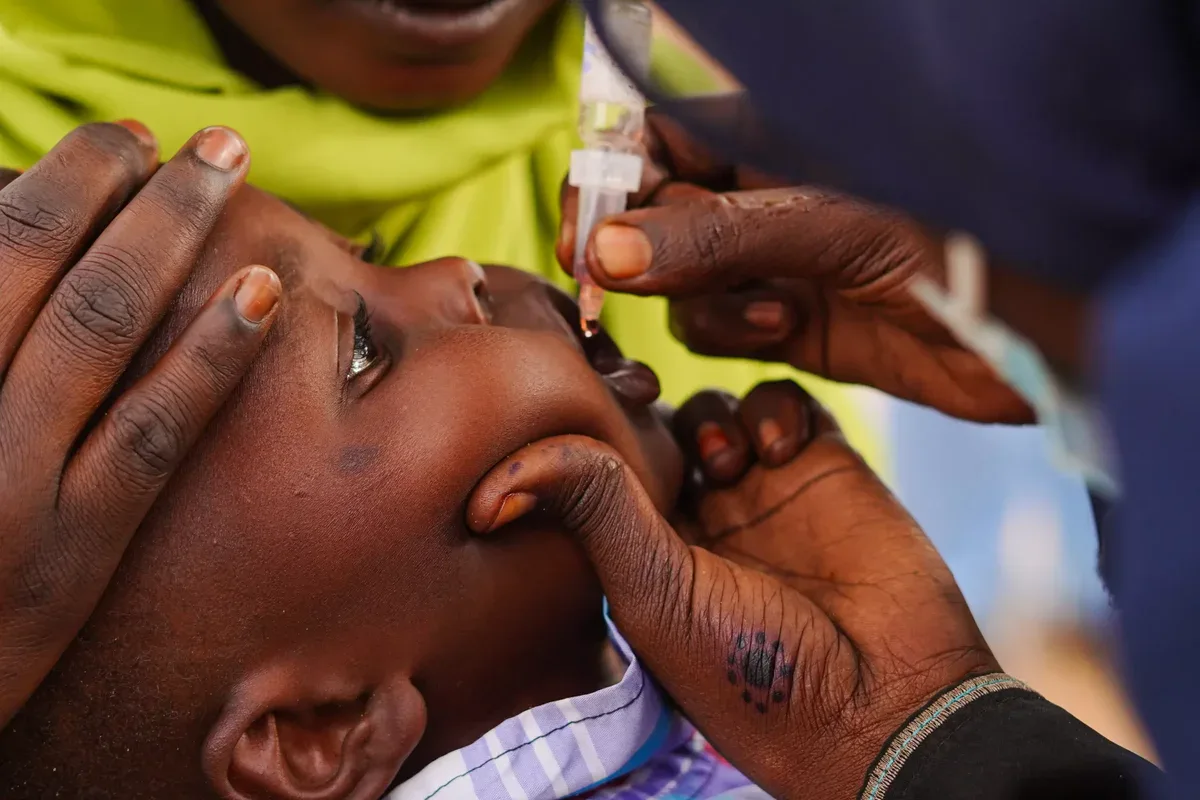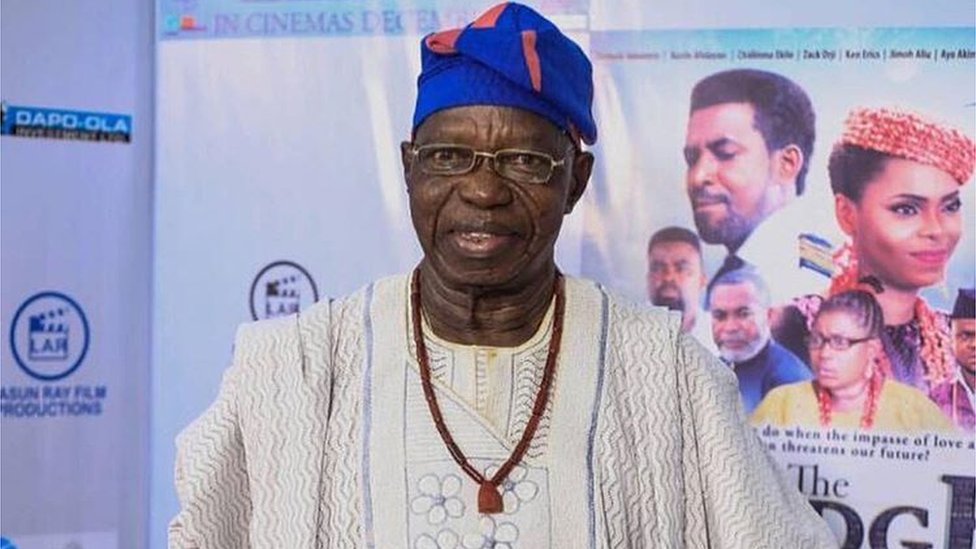WHO’s Global Tobacco Epidemic 2025 report reveals 1.3 million people die yearly from second-hand smoke, urging stronger global tobacco control
[dropcap]W[/dropcap]HO tobacco control efforts must be urgently intensified to prevent more deaths, as second-hand smoke continues to claim 1.3 million lives every year, according to the Global Tobacco Epidemic 2025 report.
Also read: Mpox upsurge remains public health emergency, says WHO
Released at the World Conference on Tobacco Control in Dublin, the report paints a mixed picture of progress, noting widespread implementation of tobacco control measures but also growing resistance from the tobacco industry.
The report centres on WHO’s MPOWER strategy, a six-pronged policy framework designed to reduce global tobacco use.
These include monitoring tobacco use, protecting people through smoke-free laws, offering support to quit, issuing strong health warnings, banning advertising, and raising taxes on tobacco products.
According to the report, over 6.1 billion people – roughly three-quarters of the world’s population – are now covered by at least one MPOWER measure.
This figure marks a significant improvement from just one billion in 2007. However, the WHO warns that industry interference, particularly in hospitality venues, continues to obstruct progress.
Since 2022, six new countries, including Indonesia, Sierra Leone and Slovenia, have adopted strong smoke-free laws.
Despite that, 40 countries still lack any best-practice MPOWER measure, and over 30 nations allow the sale of cigarettes without mandatory health warnings.
Only four countries – Brazil, Türkiye, Mauritius and the Netherlands – have fully implemented all six MPOWER strategies.
Seven others are close to completion, needing just one more measure. These include Ireland, Ethiopia, and New Zealand.
The WHO report also reveals worrying gaps in public awareness. A total of 110 countries have failed to run any anti-tobacco campaigns since 2022.
Still, 36 per cent of the global population now lives in places that have conducted best-practice awareness efforts, up from 19 per cent.
Dr Tedros Ghebreyesus, Director-General of WHO, acknowledged past achievements but stressed the urgency of accelerating tobacco control.
“Twenty years since the adoption of the WHO Framework Convention on Tobacco Control, we have many successes to celebrate, but the tobacco industry continues to evolve and so must we.”
Developed with support from Bloomberg Philanthropies, the 2025 report was launched alongside the Bloomberg Philanthropies Awards for Global Tobacco Control, which celebrated outstanding efforts from governments and NGOs.
Michael Bloomberg, founder of Bloomberg Philanthropies and WHO Global Ambassador for Non-communicable Diseases, highlighted global gains in the use of graphic health warnings.
He noted, however, that enforcement remains inconsistent and regulation of smokeless tobacco packaging is still weak.
The WHO also unveiled a new data portal to track each country’s progress from 2007 to 2025. According to Dr Ruediger Krech, WHO Director of Health Promotion, governments must now close remaining policy gaps and invest in impactful, tested campaigns.
“Governments must act boldly to close remaining gaps, strengthen enforcement, and invest in the proven tools that save lives,” he said.
Also read: Midwives play a huge role in reducing maternal, newborn deaths in Africa-WHO
With the toll from second-hand smoke still rising and industry interference intensifying, WHO is urging nations to stand firm, enforce tobacco laws, and ensure that no one is left behind in the global fight against tobacco.
Oreoluwa is an accountant and a brand writer with a flair for journalism.
























